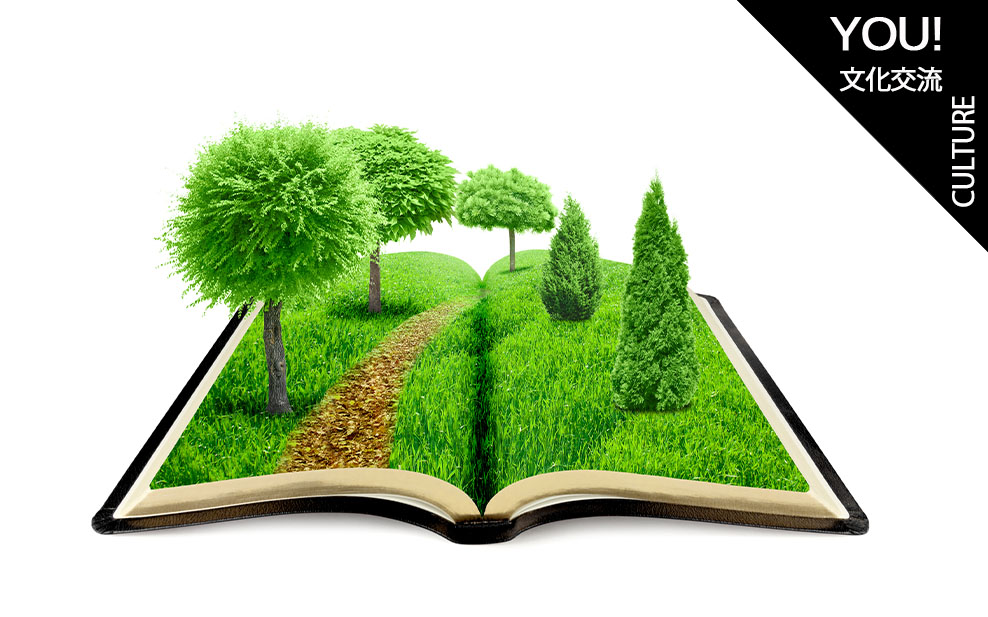
The Hidden Life of Trees Review- Why we can learn much more from trees than you think!
Did you know trees can release airborne scents that “warn” nearby trees to produce chemicals to make their leaves more bitter and deter hungry herbivores? Are you aware that parent trees can “hear” their thirsty offspring crying for water through low-frequency sound waves? Or that some species can “feed” their babies by reaching out their roots to provide a drink?
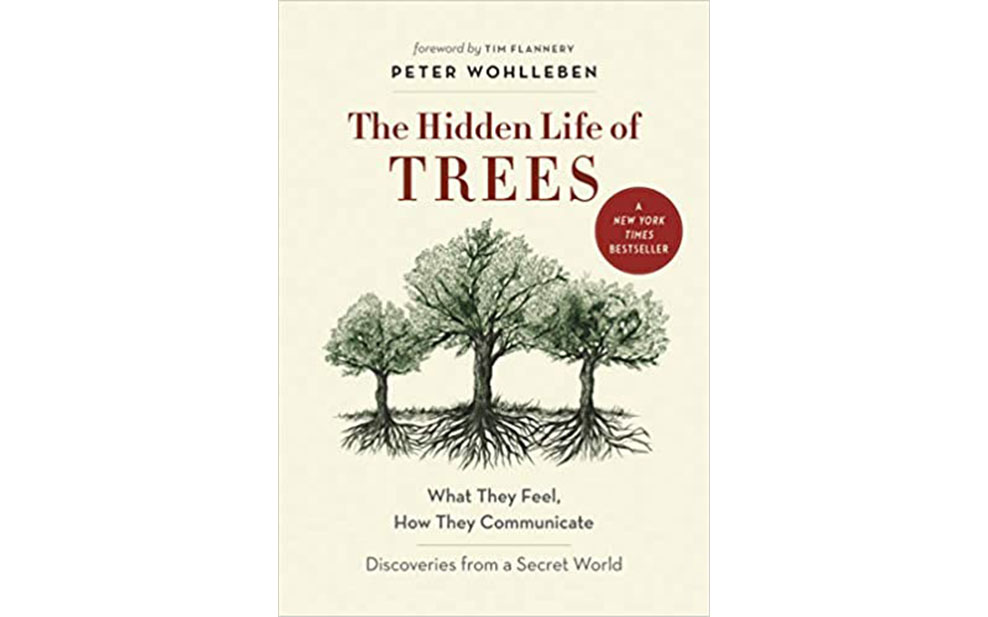
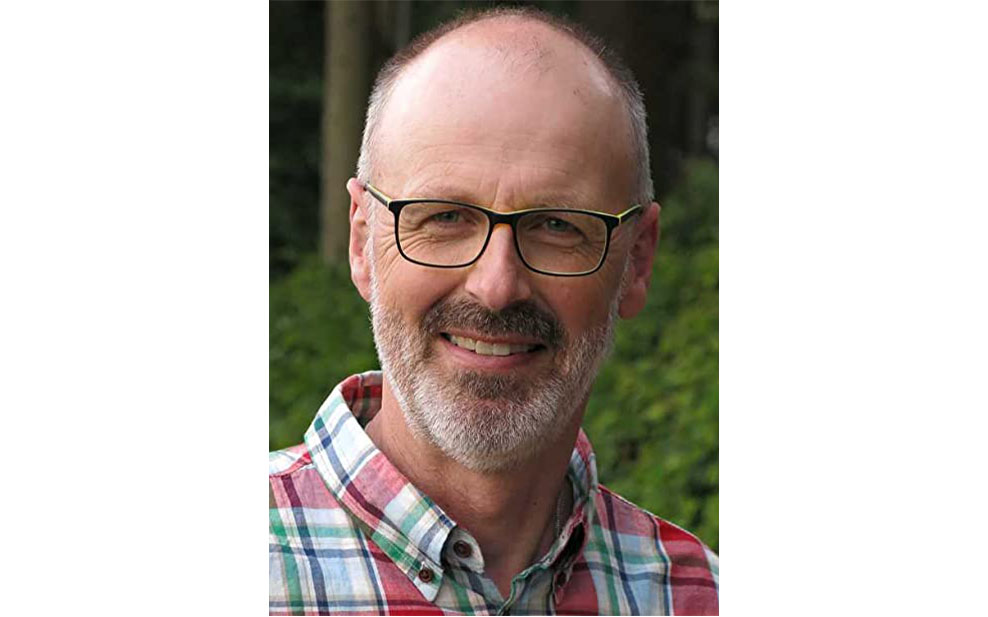
These examples are just a few of the hundreds of amazing facts about trees brought to light in Peter Wohlleben’s masterclass of nature writing, The Hidden Life of Trees- What they feel, How they Communicate- Discoveries from a Secret World. Even after translation from German into English, his sentences flow smoothly and bring excitement to what might seem like a mundane topic. His humble tone and careful descriptions illuminate his love of forests and all the creatures in them.
Upon finishing the book, I was struck by a profound revelation. Our treatment of trees reflects our treatment of most of earth’s life-giving systems. The more we try to manipulate them to our short-term material advantage, the more the more we hurt our well-being and ability to thrive as a species.
Moreover, we have much to learn from trees; that is, if we slow down enough to study their secrets. It’s estimated that that the first trees as we know them today appeared at the beginning of the Carboniferous period, some 350+ million years ago. Humans and our earliest ancestors, in contrast, have only walked the walked the earth for 0.5% of that time. To survive and thrive for so long, trees have developed remarkable abilities to adapt, communicate and foster healthy communities.
It’s time we took a look-up from our fast-paced lives and consider the lessons we can learn from the wisdom of trees. As we search for solutions to change the terrifying trajectory of climate change, we would do well to view trees not just as a raw material, but instead as friends and allies in the fight to rebalance earth’s natural systems.
What can Trees teach us?
There are many ways we can be better stewards to trees, which Wohlleben discusses in his book. Stopping deforestation and protecting more areas for undisturbed growth is a start. Forcing the forestry industry to adopt sustainable techniques that foster healthier, “wilder” forests is another.
But rather than expand on the ways we must take action to work for, not against trees, I would like to outline some of the lessons trees can teach us on how to live better lives. To begin to appreciate trees on a deeper level, we must first try to better understand their capabilities and learn from their evolutionary success.
- Trees teach us about Community
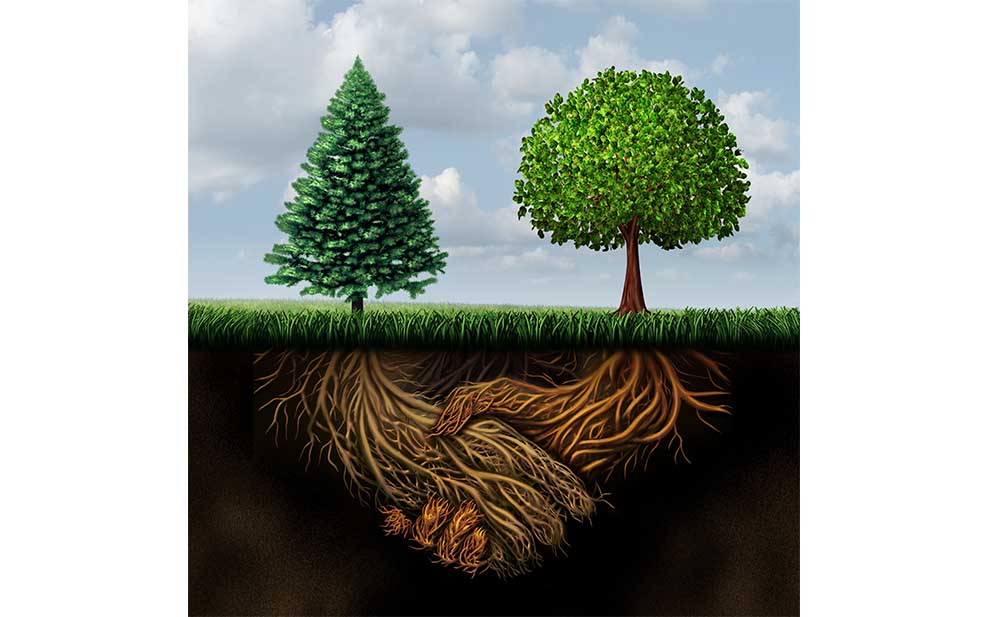
Walter Payton once coined the phrase “We are stronger together than we are alone.” Trees in the forest, if they could talk, would certainly agree. Trees have not existed for so long by relying just on their individual abilities, but by building intricate support systems with each other.
“If every tree were looking out only for itself, then quite a few of them would never reach old age. Regular fatalities would result in many large gaps in the tree canopy, which would make it easier for storms to get inside the forest and uproot more trees. The heat of summer would reach the forest floor and dry it out. Every tree would suffer. Every tree, therefore, is valuable to the community and worth keeping around for as long as possible. And that is why even sick individuals are supported and nourished until they recover. Next time, perhaps it will be the other way round, and the supporting tree might be the one in need of assistance.”
A single tree is not capable of establishing a climate, warding off disease or fighting an infestation of damaging insects. But as Wohlleben explains, a community of trees can. A forest is a naturally equitable environment. Where there is weakness, there is also strength – one tree’s death is another tree’s opportunity to grow up to the canopy and enjoy increased sunlight. Even the trees that die or snap give back to the community by breaking down into nutrient rich soil, or providing shade and moisture for the soil’s rich micro-climate that may otherwise be scalded by the hot sun.
It is remarkable how community-based trees are. They stick together to an extraordinary degree and rarely outcast the less fortunate. Their strategies in community building are very long term- while a tree may be in a less desirable situation today, changes in environment may lead to an improvement in circumstances down the line.
It’s a stark contrast to the state of many human societies today. As our population has exploded, our once tight-knit social structures have become more complicated and strained. We are quick to outcast and ignore large groups of fellow humans based on circumstance. But what we need to realise is that extending a helping hand, much like a healthy tree extending their roots to a struggling neighbour, is an action that makes us all stronger. In the coming age of climate turmoil, it is more important than ever that we treat our neighbours as all members of the same forest.
2. We must Champion Diversity
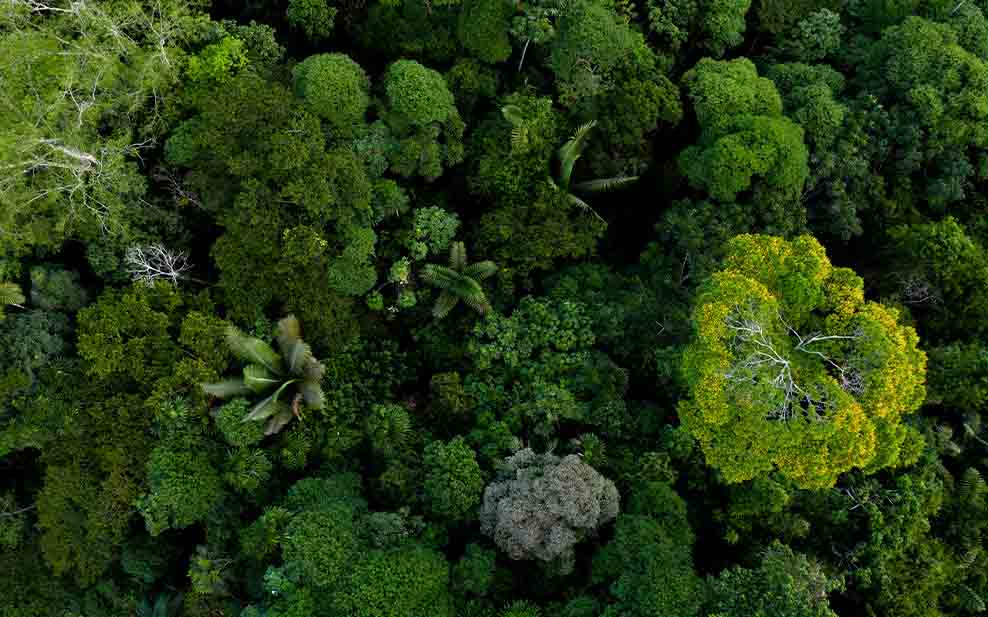
Embracing diversity is another mandate of a healthy forest. There is a large variety of species of trees, from long and tall, to short and shrubby. Beyond just trees, forests are home to a remarkable diversity of other plants and animals from fungi to lichens to insects to woodpeckers, each with a role to play in keeping the community thriving. There is a plethora of symbiotic relationships in forests, from more well-known examples such as bees and flowers, to the less noticeable ones, such as trees and mineral giving fungi in the soil. Scientists are continually astonished at just how interconnected the lives of the living creatures in the forest. Given the complexity, mapping all the relationships is an impossible task.

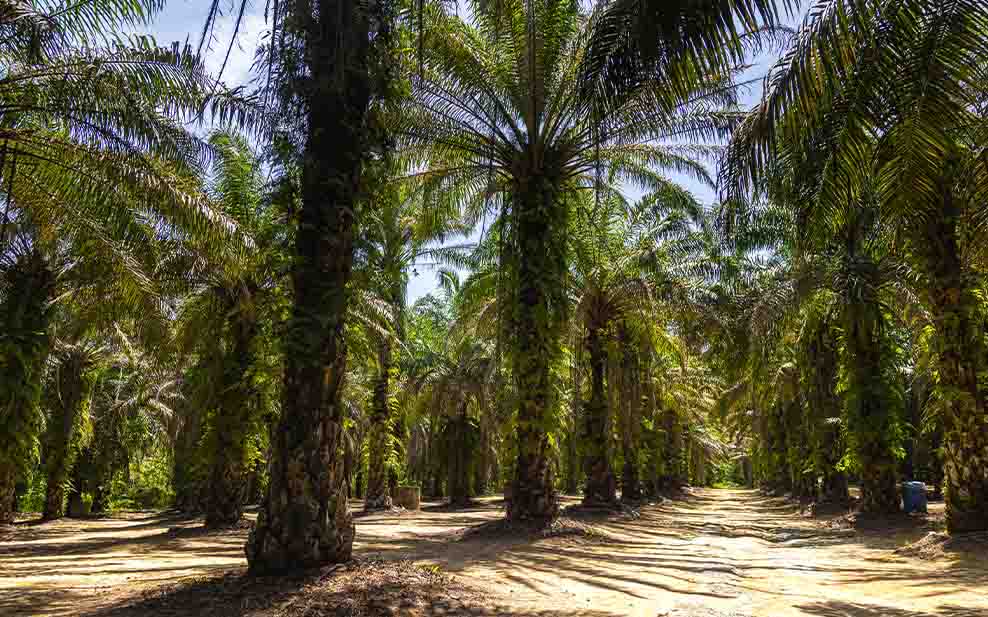
One thing is clear, however. When you take away diversity, such as clearing a forest and only planting one type of tree, the intricate balance of life is thrown into disarray. Trees (and other plants) that are planted in monocultures are far less resilient and likely to die sooner than they would in a natural setting. Scientist have also discovered that trees in non-wild environments have lost their connectivity with each other and the world around them.
“In the symbiotic community of the forest, not only trees but also shrubs and grasses—and possibly all plant species—exchange information this way. However, when we step into farm fields, the vegetation becomes very quiet. Thanks to selective breeding, our cultivated plants have, for the most part, lost their ability to communicate above or below ground—you could say they are deaf and dumb—and therefore they are easy prey for insect pests. That is one reason why modern agriculture uses so many pesticides. Perhaps farmers can learn from the forests and breed a little more wildness back into their grain and potatoes so that they’ll be more talkative in the future.”
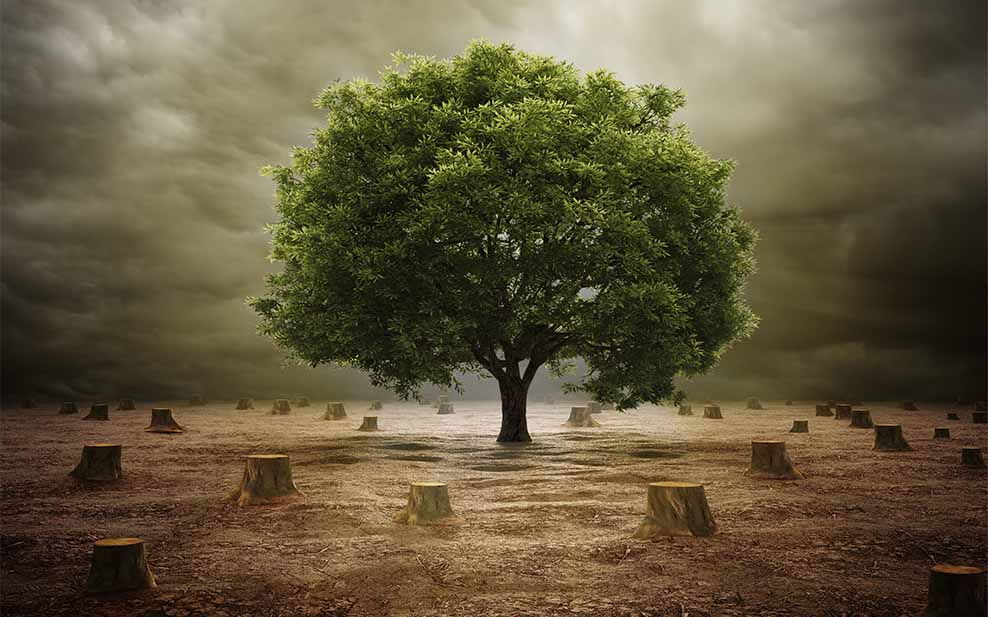
Much in the same way that depriving children of stimulation at a young age damages their development later in life, trees suffer when disconnected from their natural habitat.
In human society, we thrive when diverse cultures and experiences mix. When tribalism splinters us into factions that refuse to engage with the larger community, we are usually weaker for it. When we only stick around the same group of people with the same life experiences, we too start to atrophy. As we are faced with more existential threats, it’s imperative that humans embrace diversity- in as many ways as we can. It’s up to us to make sure we don’t fall become like the deaf and dumb trees found in farms around the world. We, like trees, are meant to be wild, free, and unique.
3. We should work with nature, not against it
Trees, while highly adaptable and resilient, have a limit to their ability to cope with environmental changes. Trees work on incredibly slow timelines.
“One reason that many of us fail to understand trees is that they live on a different time scale than us. One of the oldest trees on Earth, a spruce in Sweden, is more than 9,500 years old. That’s 115 times longer than the average human lifetime. Creatures with such a luxury of time on their hands can afford to take things at a leisurely pace.”
Unfortunately for many tree species alive on earth today, the pace of change caused by humans is simply too fast for them to keep up with.
“Despite whatever built-in tolerance trees might have, it will become too warm, too cold, too dry, or too wet for a particular species. Then the trees must depart for other climes, and this means packing up and moving. Such a migration is happening in Central European forests right now.”
As more species of trees migrate, so too will the plants and animals that accompany them. Such quick moving may have many unforeseen consequences- most habitats are not built for such drastic change. The ongoing changes in our environment mean that humans too, will be migrating more often, away from rising tides and natural disasters.
Yet, trees give us hope that positive changes are possible if we work together with nature. Trees have a remarkable knack for working with their natural partners in life: fungi, plants and animals, to make things better for themselves. This is on display in rewilding projects around the world. Despite the immense damage humans have caused, in only a few decades, seemingly unsalvageable ecosystems can come roaring back to life.
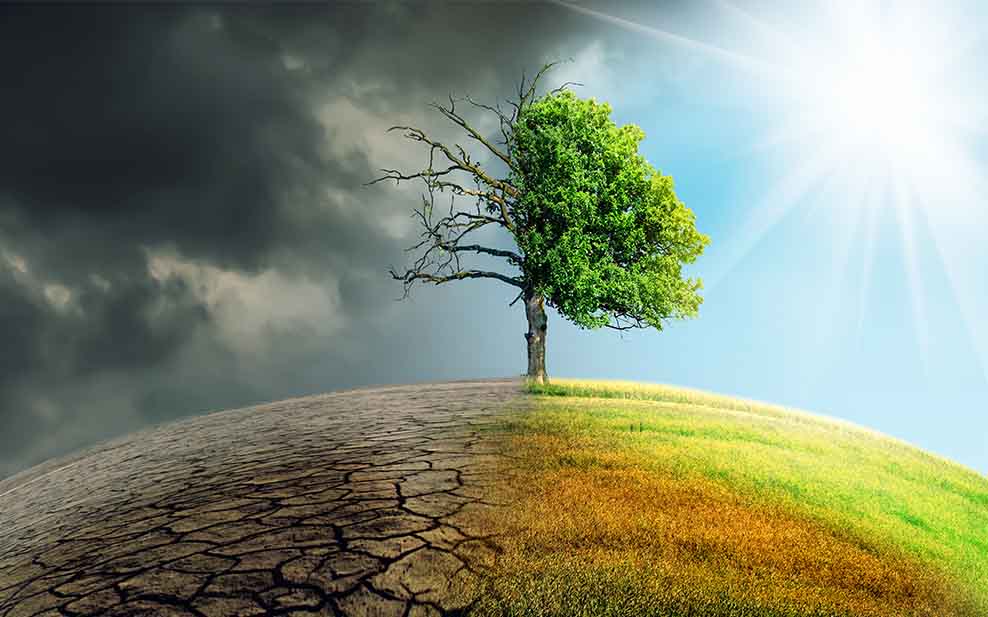
If we, like trees, harness the healing power of nature, and combine them with our own human ingenuity, we can supercharge recovery efforts and slow down climate change before it is too late. But this requires all of us to unplug from our collective psychosis and get back to being a connected member of the forest.
Trees can speak to the importance of sticking together- not just with each other- but with all of nature. They, after all, have used this strategy to survive on earth for hundred of millions of years.
Will we be able to say the same?
Written exclusively for WELL, Magazine Asia by Jackson Kelleher.

Thank you for reading this article from WELL, Magazine Asia. #LifeUnfiltered.
Connect with us on social media for daily news, competitions, and more.





